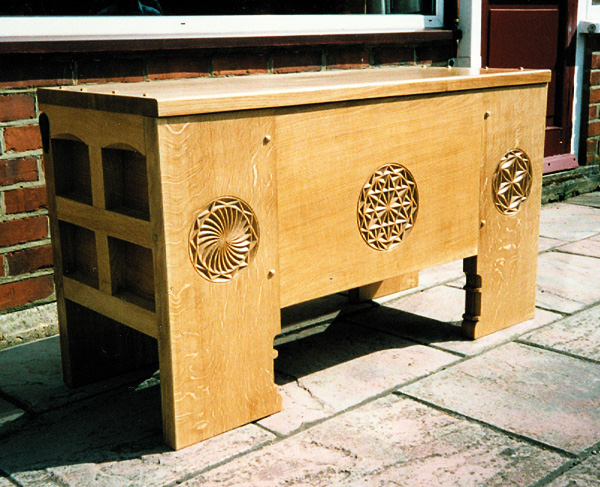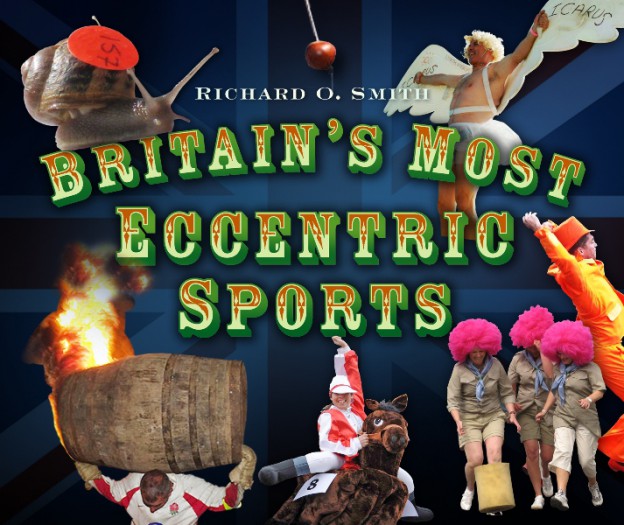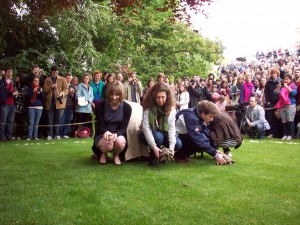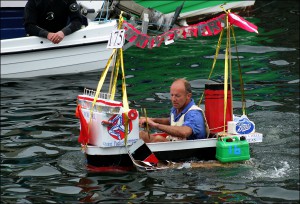Our speaker in October, Mr John Brearley, attired himself in clothing as worn by Medieval craftsmen (the title of his talk) including the hood, which had a long “tail” known as a lirripipe. Workers would also have worn a linen or hemp apron. He concentrated on the contrasting products and developments of woodworkers and stone masons through time.
The strength of the grain in wood, used in Britain, contrasted with “brittle” stone used by the Normans. Early tables, benches and chests had been made with slabs of wood, the chests decorated simply with roundels. The Great Table of Winchester showed the remarkable ancient method of jointing. Then styles from Norman stonework were adopted and items such as benches were made with frames. Apprentices worked long days from 4a.m. to 7p.m. for seven years with a master craftsman such as a carpenter, to become a journeyman, perhaps a carver or furniture maker. Towns had a wide range of craftsmen, such as weavers or housewrights, who were organised in guilds to protect and promote their interests. The sums paid to belong to guilds could be substantial: weavers in London paying £16, in York £10.
In time intricate decorated wooden roofs in churches prompted stone masons to create elaborate structures in stone and ornate fan vaulted ceilings were produced. Illustrations of both wood and stone carvings showed extremely intricate work, many items having been painted originally. The tombs in St. Mary’s Church in Warwick were given as examples. Mr Brearley finished his talk by showing a selection of carpentry tools that he had brought with him.





